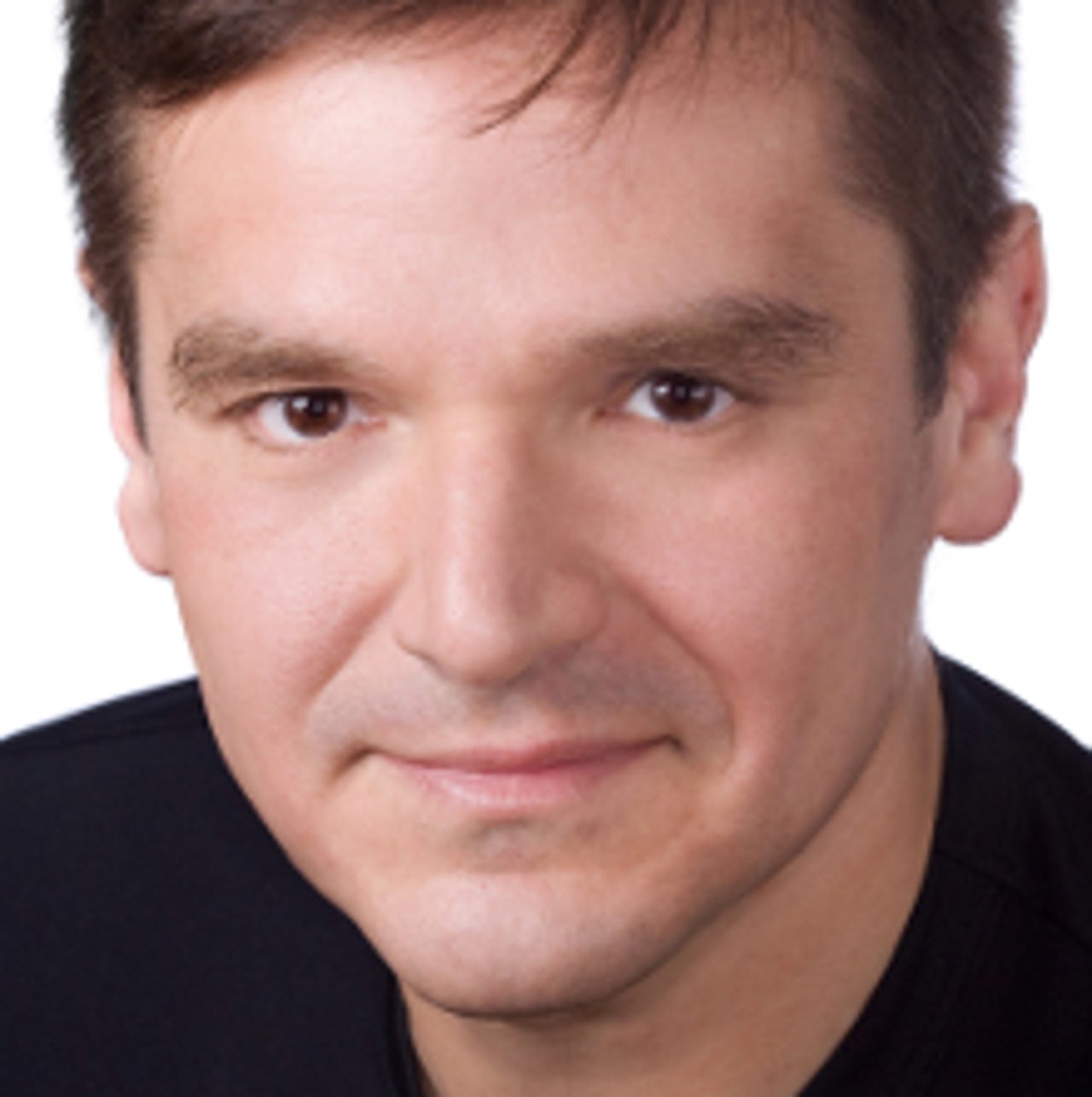Mirantis joins Cloud Foundry to ease the PaaS onto OpenStack


In a drive to enable developers to run their choice of tools on top of OpenStack, software and services firm Mirantis is integrating the cloud platform with app-development framework Cloud Foundry.
Mirantis, which has now joined the Cloud Foundry Foundation, says the integration will reduce costs, simplify management and speed up deployments. However, the company has made it clear it will not build a Mirantis Cloud Foundry distribution.
Running Cloud Foundry on OpenStack is already possible but is a relatively complicated undertaking, according to Mirantis.
The open-source Cloud Foundry Foundation, which launched just over a year ago with seven participating organisations, now has 45 members and more than 50 contributing corporations working on the platform-as-a-service initiative. Cloud Foundry was originally developed by VMware and is now owned by EMC-VMware spinoff Pivotal.
OpenStack is an open-source project started in 2010 by Rackspace and NASA to create components for building public and private clouds on standard hardware.
It is now backed by more than 200 vendors, including Cisco, Dell, HP, IBM, Intel, Oracle, Red Hat, and VMware, with a large developer community working on a range of loosely-coupled projects. Mirantis is one of OpenStack's founding members.
Mirantis president and CEO Adrian Ionel said his company's recent work with Google to run Docker cluster-manager Kubernetes on OpenStack was an important step in its strategy of ensuring a wide choice of tools for developers.
"Developers don't care about how the network is built, how the storage is built - the IT guys care about that. The developers don't. One side [of OpenStack] is the plumbing level, the infrastructure, what technology I want to use, what servers, what storage, to build a best-of-breed cloud. The other side, which is hugely important, is at the developer tool-chains level," he said.
"Because ultimately why do we build these clouds? We build them for developers to write apps. They are the end users. They are the consumers of these cloud services. So it's very important to offer developers a choice of tool chains."
The motivation behind last month's Kubernetes integration was the widespread shift among developers to containers for many use cases and the resulting need to manage containers effectively on an OpenStack cloud.
"On exactly the same line many developers want to use Cloud Foundry as a developer toolbox. So this follows in exactly the same footsteps. Now we offer Cloud Foundry integrated with Mirantis OpenStack point and click, which will dramatically lower the cost and time it takes to set and administer a Cloud Foundry environment, making it extremely easy for developers to take advantage of cloud foundry," Ionel said.
"It follows on the same path, the idea of pure play, best of breed below the stack at the plumbing infrastructure level, and above the stack at the developer tool-chains level. Over time, the developer tool chains will be even more important because at the end of the day this is what developers seek."
To integrate Cloud Foundry with OpenStack, Mirantis has also applied the same technological approach it used with Kubernetes. It has turned Cloud Foundry into an application inside OpenStack app catalogue Murano.
"This is where the story carries through from Google Kubernetes to Cloud Foundry - and more [app-development platforms] in the future. We've used the same integration layer called Murano, the application services catalogue, the workload orchestration tool chain that we've created, which is now part of the OpenStack project, which makes it very easy to integrate these new tools into OpenStack," Ionel said.
"We didn't have to write a lot of new code. It's really about just using the technology that we've already created - this integration technology - that very quickly plugs into Cloud Foundry. It plugs into OpenStack and marries the two together."
As a new member of the Cloud Foundry Foundation, Mirantis will be making contributions to the open-source community to ensure the two sets of technologies work well together.
"That's what we'll be focused on. We'll not be focused on creating net new Cloud Foundry functionality. The Cloud Foundry people and the developers are in the best position to do that - that's their core expertise," Ionel said.
According to Mirantis, although a number of large companies are using OpenStack in production, the key issue facing the platform is translating more of the initial deployments into large-scale production use cases.
"OpenStack is at a very critical juncture right now. It's a very critical time. It can go either way. OpenStack is now in a good position where it's planted a lot of seeds in three big sectors, which are the SaaS companies, the telcos and the techie enterprises. Now it's all about moving from initial adopters to large-scale use," Ionel said.
"This is happening in the context of other technologies emerging - like containers, for example, which are targeting some of the same problems. The problem that OpenStack is solving is delivering more agility to the developers. That's what it's about. You can do that with OpenStack in a way that's very powerful, very rich, very valuable or you can do that with containers in a more limited way.
"OpenStack is harder to build and adopt. Containers are very easy to build and adopt. OpenStack gives you like a 747; containers give you more like a Cessna but the barrier to entry is much lower."
More on cloud
- HP rollouts Helion Rack, integrated private cloud system
- Amazon Web Services names partner graduates under certification program
- Microsoft's evolving business model focuses on freemium, tighter cross-product integration
- Your next operating system: Your datacenter
- AWS pushes out promised larger Elastic Block Store volumes
- Microsoft fleshes out Azure, Windows 10 Internet of things plan
- Amazon Web Services nabs Internet of Things developer platform 2lemetry